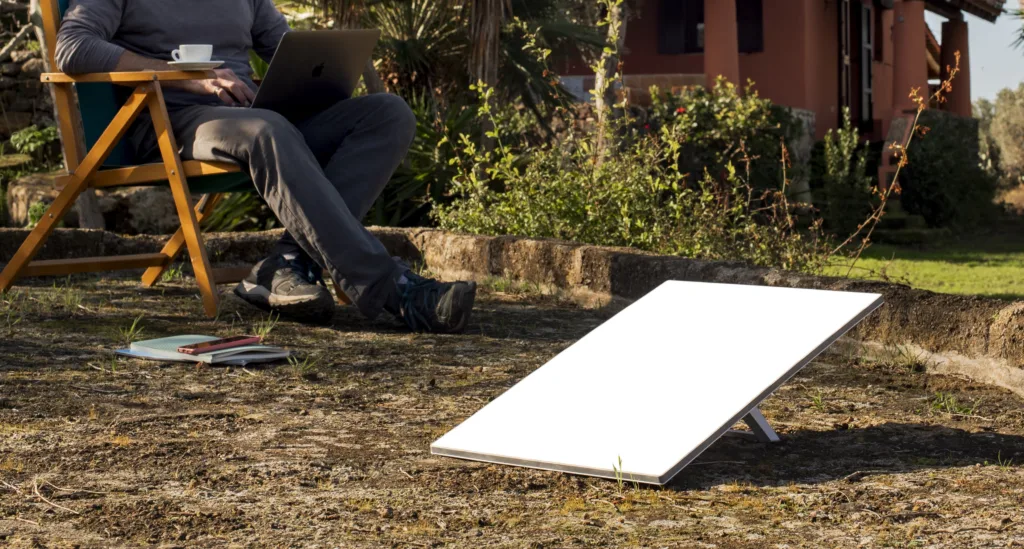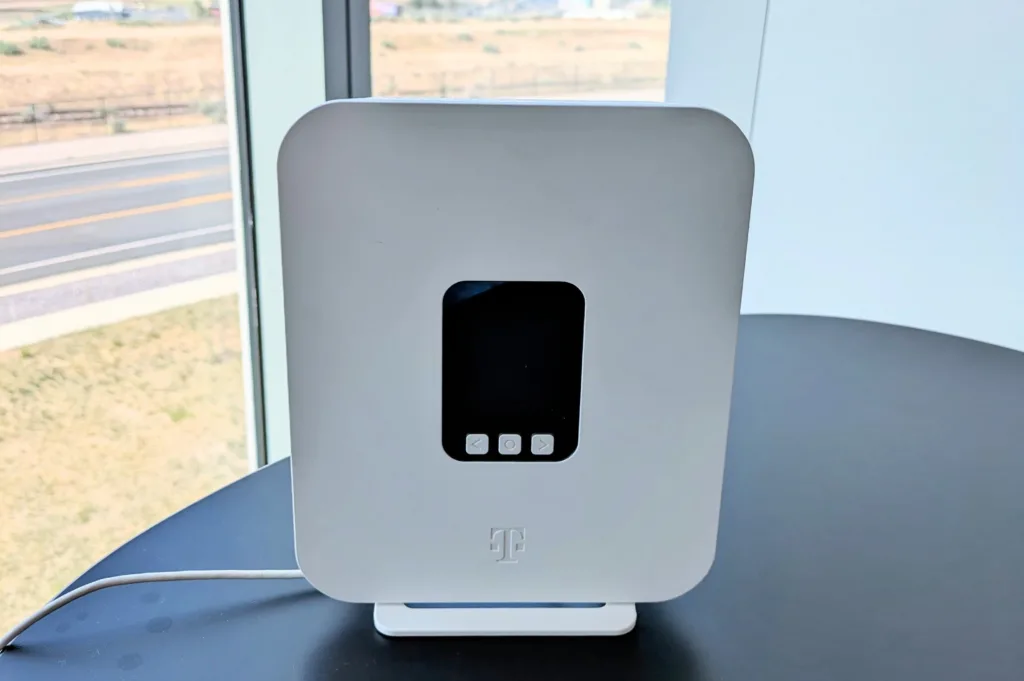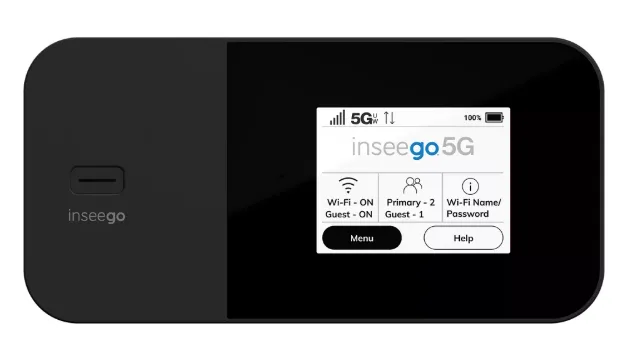Satellite internet remains one of the best options for high-speed, portable internet access. This is especially true if you need to use your internet in remote areas that may not have cell service. Currently, the best (and only) portable satellite internet service is Starlink Roam.
Portability - 3.5
Starlink is a portable, easy-to-set-up satellite internet solution. Its residential service requires its equipment to be used at a fixed address, but with a Roam plan, you can connect it to the internet nearly anywhere. It can be used while in motion, so it’s a great solution for RVs and other vehicles if you need internet while on the move.
Starlink’s Standard dish, while lightweight, is still bulky and hard to travel with and requires a proprietary router. However, there is the Starlink Mini dish, which is roughly the size of a small laptop. It has a built-in Wi-Fi router, making it easy to travel with a portable power bank. The Wi-Fi signal was pretty decent, but it can be improved with a third-party router if you so choose.
Speed - 4.4
While Starlink Roam is rated for 30 to 100Mbps, I was able to get speeds up to 220Mbps. Its reliability was also impressive. Its signal never cut out after hours of use on the road. I’ve also been impressed by its ability to keep a strong signal even during times of heavy overcast or stormy weather, which slows down most satellite services.
Reliability - 4.0
The signal never cut out once after hours of use while I was driving during a brief road trip. It also worked well during times of heavy overcast and stormy weather.
Value - 3.5
Roam comes in two main plans—one with 50GB per month, and another with unlimited data. The 50GB plan is an affordable option for a weekend trip. It’s enough to stream some movies and music and make video calls. Plus, if you need a little bit more, you can purchase more for $1 per gigabyte.
Overall Rating: 3.9


